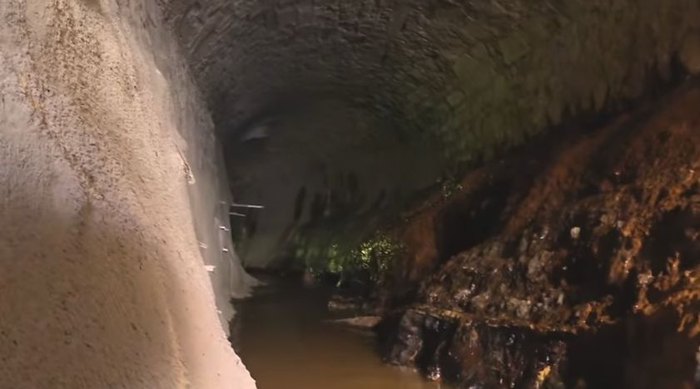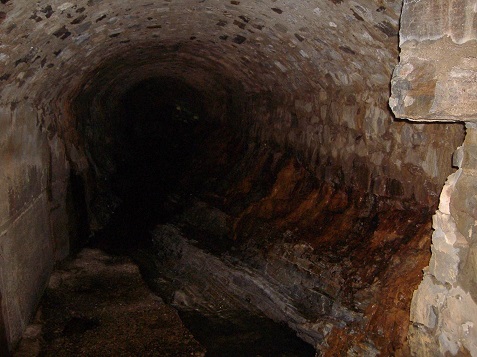By Dr. Curtis Varnell
Much of Arkansas history revolves around Hot Springs. Before European settlers ever arrived in America, natives were bathing in the magical warm waters that flowed down the steep slopes along what is now Bathhouse Row. Legends state that Hernando de Sota and other early Spanish explorers visited the site in search of the fountain of youth but there is no clear evidence those events occurred. It is known that William Dunbar, in an expedition coinciding with Lewis and Clarks exploration, conducted a four-week study of the springs during the Christmas season of 1804.


Attracted to the area, settlers constructed homes, businesses, and bath houses along the stream flowing through the middle of the town. Crossed by numerous footpaths and small bridges, water collecting in Hot Spring creek flowed south carrying effluent of every type down-stream to the Ouachita River.
The Arlington, beautiful bath houses, and even a building used as a back-drop to a superman movie now adorn the main streets of Hot Springs but the stream is nowhere to be found- that is unless you are one of the brave souls that will venture into the world beneath the streets.
Introduced to the tunnels during a trip with the USGS several years ago, I was intrigued to discover the world that existed just feet beneath the surface and extended for great distances through the city. Going into the darkness was like entering a large dark sauna. Huge vaulted columns of native rock formed arches up to twelve-foot high and fourteen foot wide. The walls of novaculite and granite are three foot thick. Water slurped through the bottom of the tunnel, carried downward by gravity to a distant exit. Trudging even short distances in the 115 degree, 100 per-cent humidity atmosphere will leave one longing for the surface above.



The tunnel construction began in 1884 directly in front of Bathhouse Row and has been extended over the years. With the city’s association with bootleggers, gamblers, political crooks, and outright criminals, stories concerning the use of the tunnel abound. Many of the building, especially those connected to infamous deeds, constructed escape routes into the tunnels. Historians believe that Al Capone partied at the Southern Club on Central Avenue. The Southern Club site is where Madam Tussauds wax museum is now found. When trouble threatened he would disappear down an entrance way into the tunnel and exit at the Arlington Hotel. The Arlington was one of Capone’s favorite places, one where he leased the entire fourth floor for his entourage. One can still visit the Arlington and the Capone’s room but he wasn’t the only one using the tunnel. With illegal gambling rampant, the police would raid a den only to find the place mysteriously vacated upon their arrival. It is not known how many escape holes existed but openings today exist at the First Presbyterian on Whittington, and entrance on Central avenue and one close to the Hot Spring bus depot.
The tunnels still conduct the important function of draining water from the central part of the city during frequent and heavy rainfall. The walls are still stable for the most part and the city maintenance crew surveys them on a regular basis to ensure safety. In recent years, the tunnels themselves have been deemed unsafe and the public is not allowed exploration. As you shop along the main avenues of walk the sidewalks through the National Park, it is hard to envision the world that exist just beneath your feet.







